
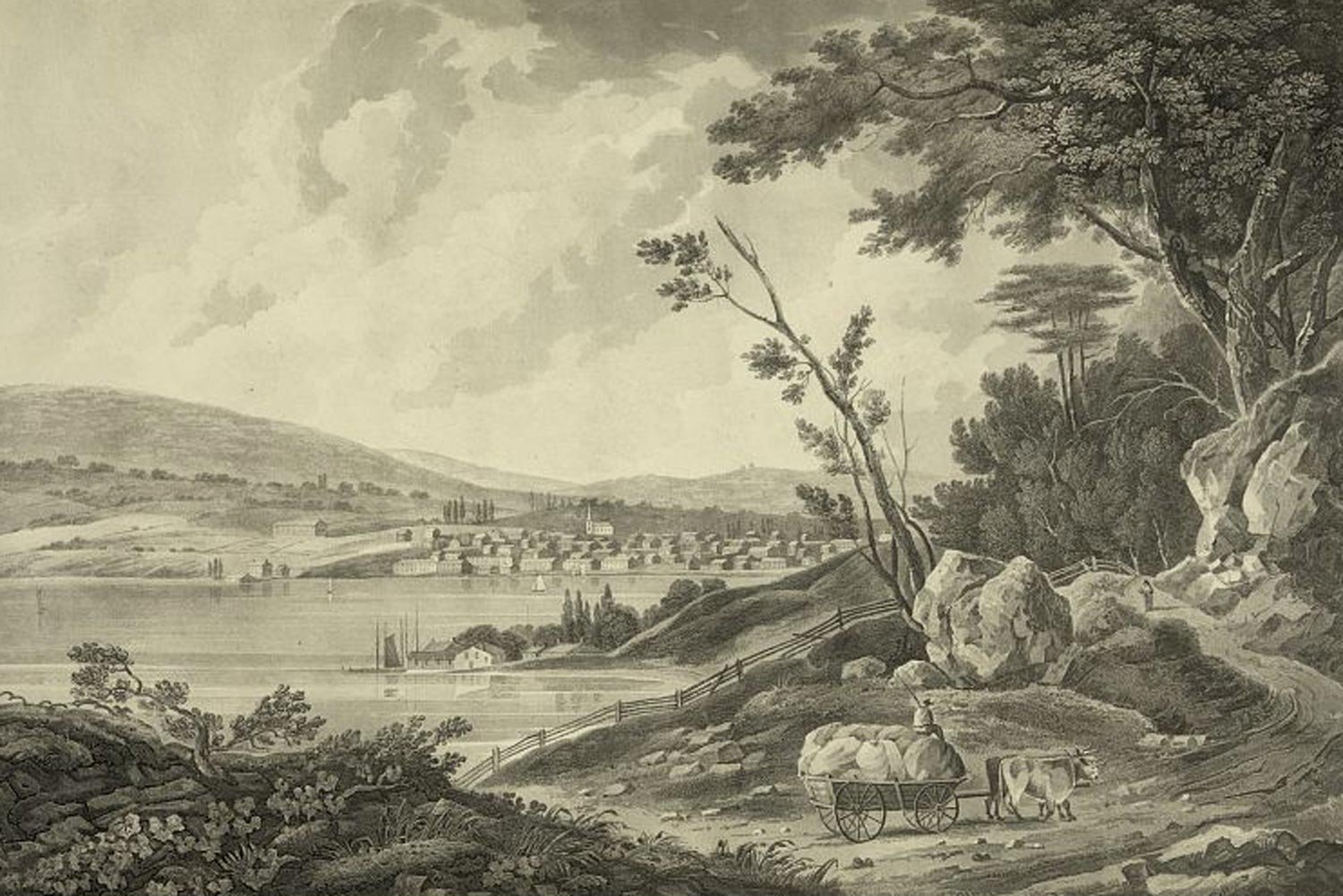
The Newburgh Conspiracy: Dissension in the Ranks
We take civilian control of the military for granted today in America. However, were it not for General George Washington’s actions and words in the so-called Newburgh Conspiracy, things might be quite a bit different.
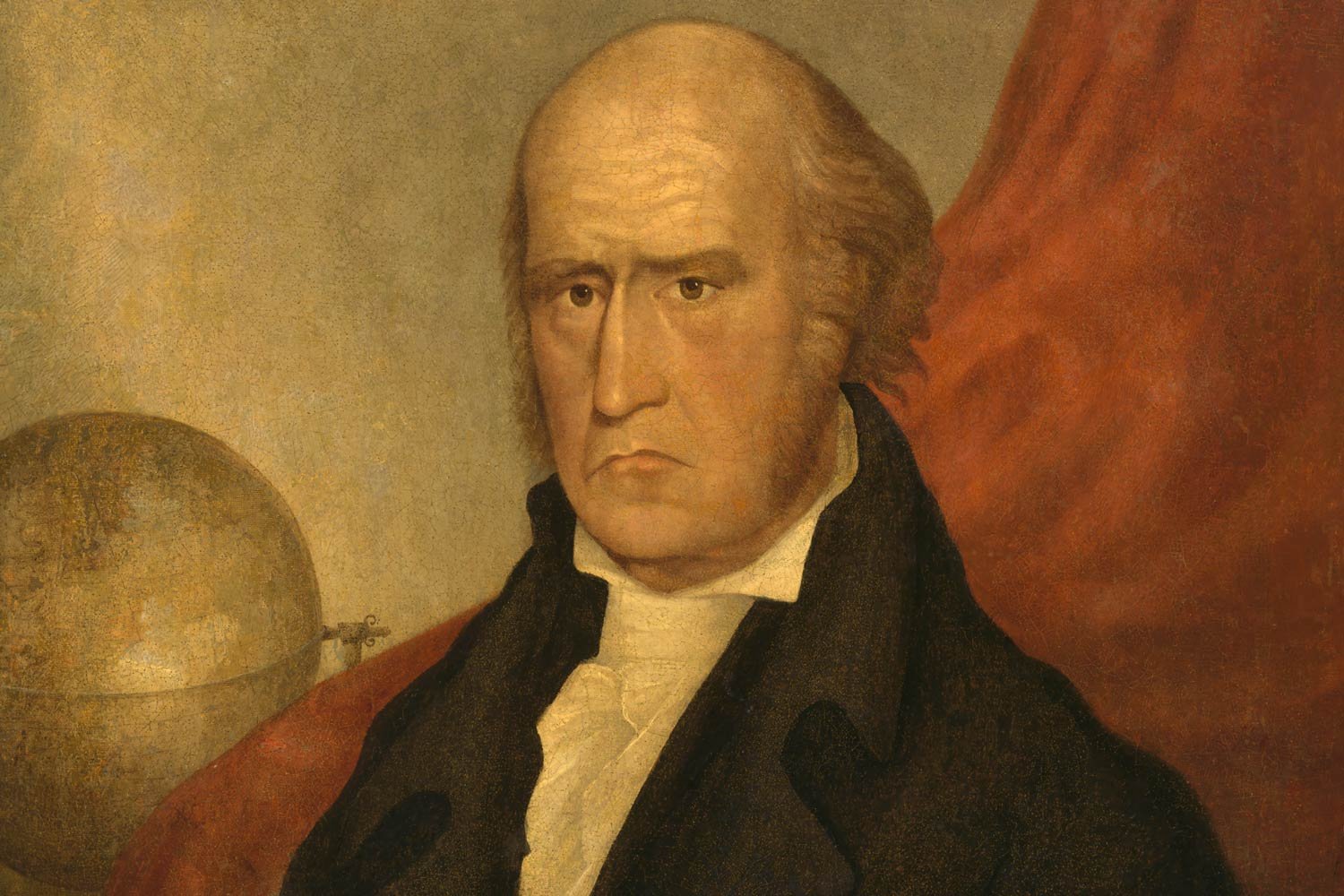
The Legacy of George Rogers Clark
The Treaty of Paris was signed on September 3, 1783, officially ending the American Revolution and granting independence to the United States of America. Perhaps more importantly for the settlers in Kentucky, the treaty brought an end to the steady stream of English guns and gunpowder to the Indians that had relentlessly attacked Kentucky during the war.
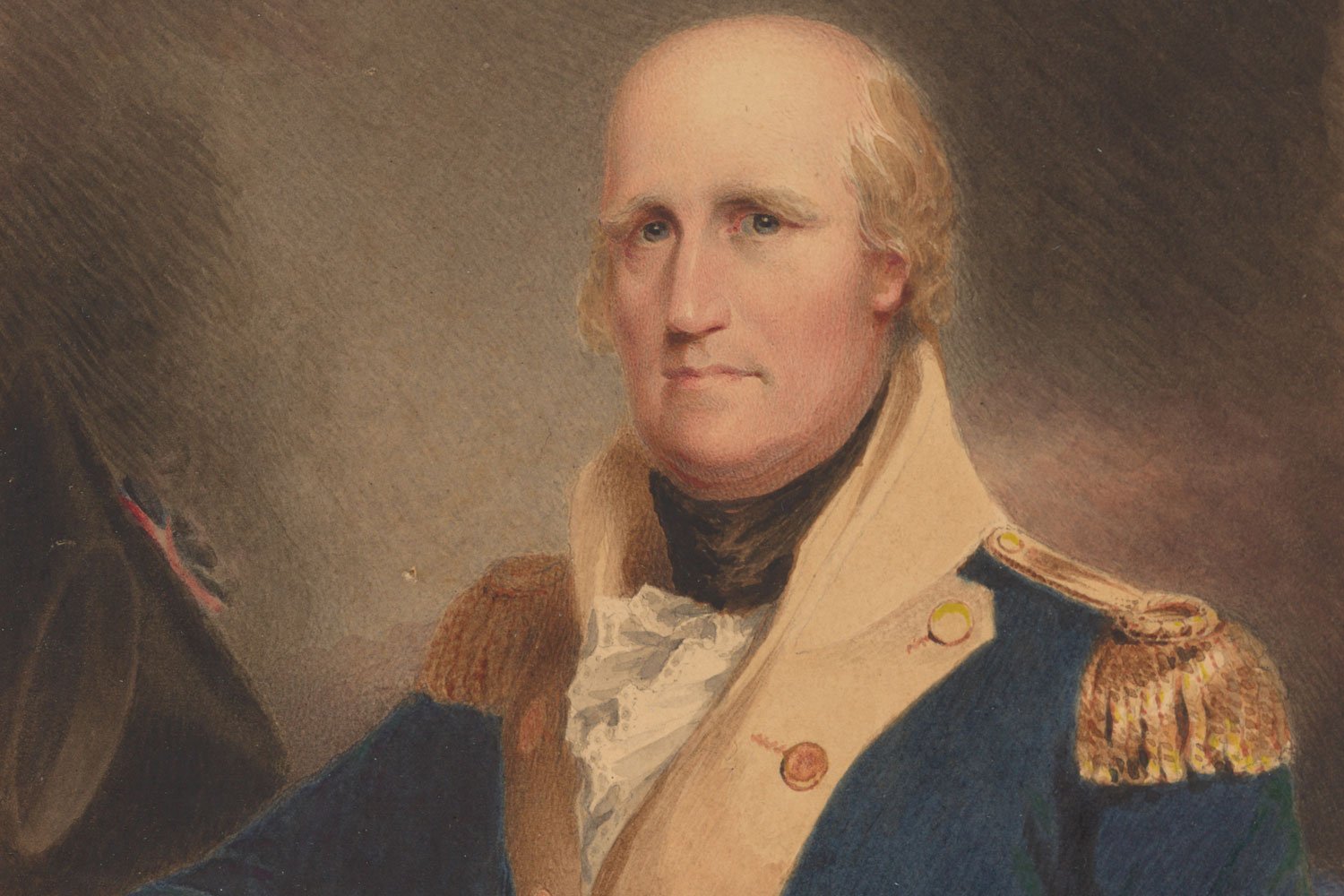
The Early Life of George Rogers Clark
On the eve of the American Revolution, the lands west and south of the Appalachians were ripe for conquest. All that was needed to exploit this cauldron of trouble and take over this vast land was an intrepid man with a vision and a band of determined followers. That leader would emerge in the person of George Rogers Clark, and his extraordinary efforts would secure the Ohio River Valley for the United States.
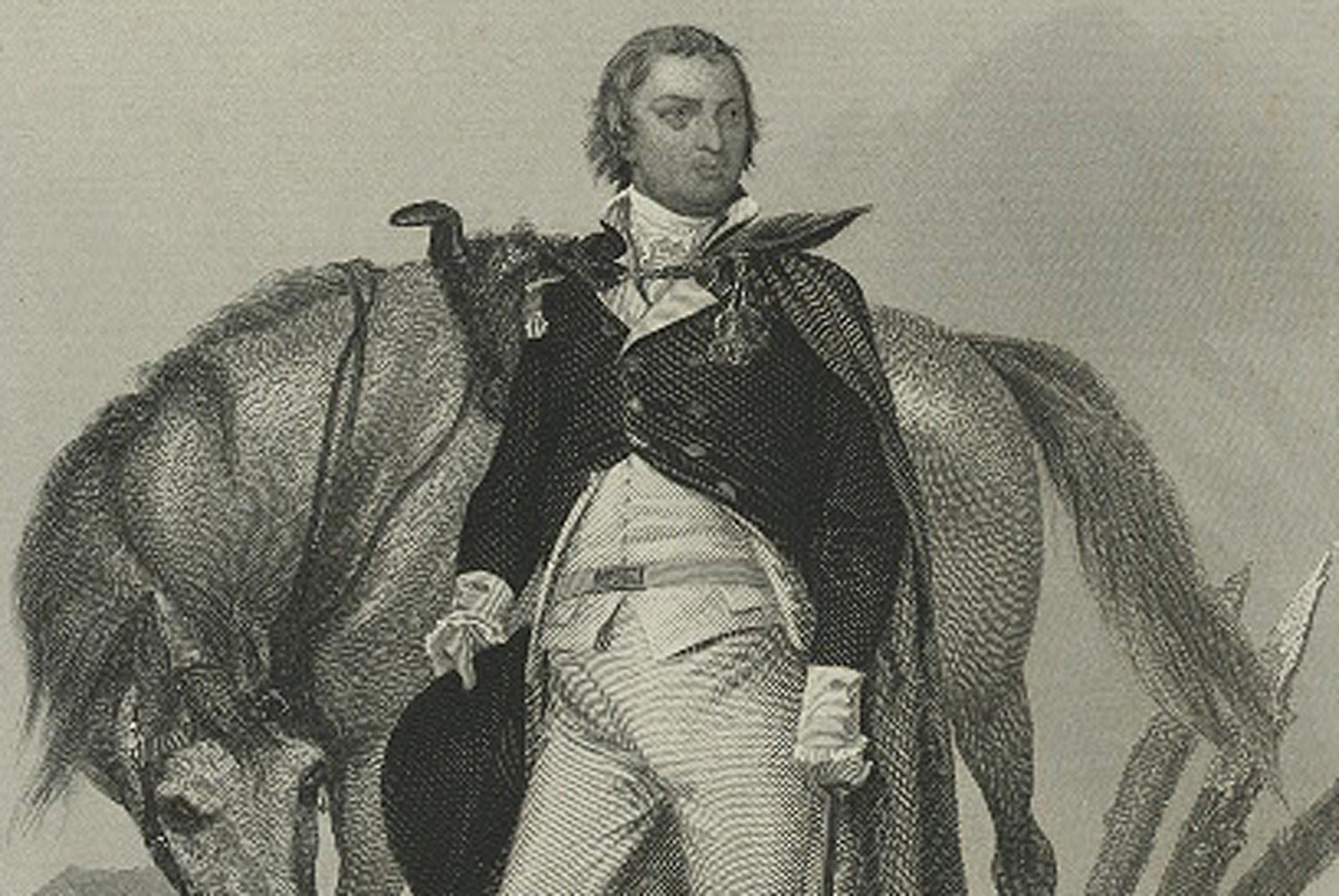
The Legacy of Nathanael Greene
Nathanael Greene was truly the savior of the south, and significantly responsible for winning the American Revolution. His contemporaries recognized this fact, and awards, accolades, and even land grants were given to Greene.
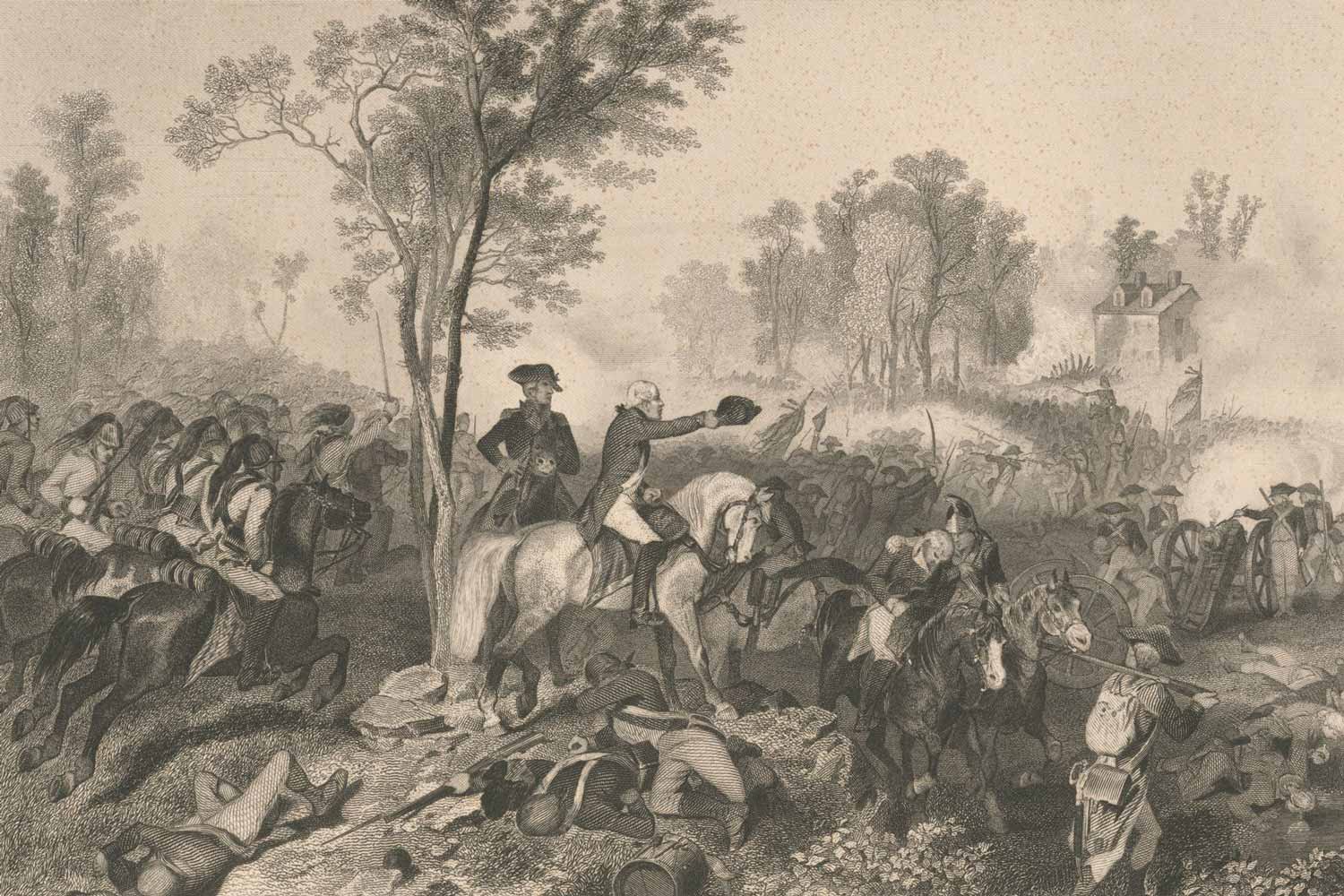
Closing Scenes in the Southern Theater of the Revolutionary War
By the late summer of 1781, the American Revolution in the south was drawing to a close. Hoping to inflict more damage to the British, Major General Nathanael Greene, the commander of the southern Continental Army, planned a strike at the one remaining British army in South Carolina.
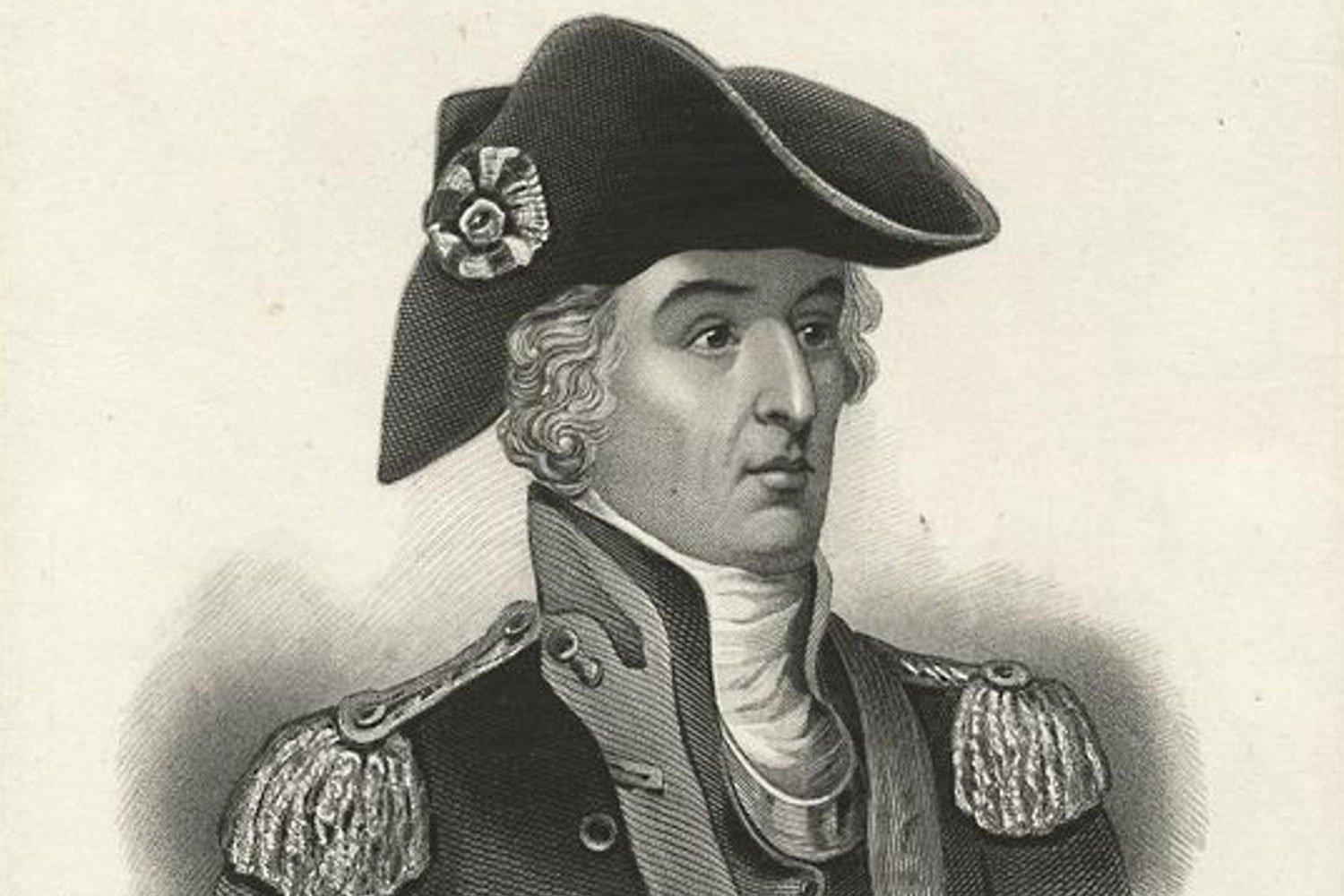
Nathanael Greene Retakes the Carolinas
When General Nathanael Greene crossed the Dan River and escaped to Virginia on February 14, 1781, Lord Charles Cornwallis’s British army controlled all of North Carolina, and most of South Carolina and Georgia. Within the short span of seven weeks, all that would change.
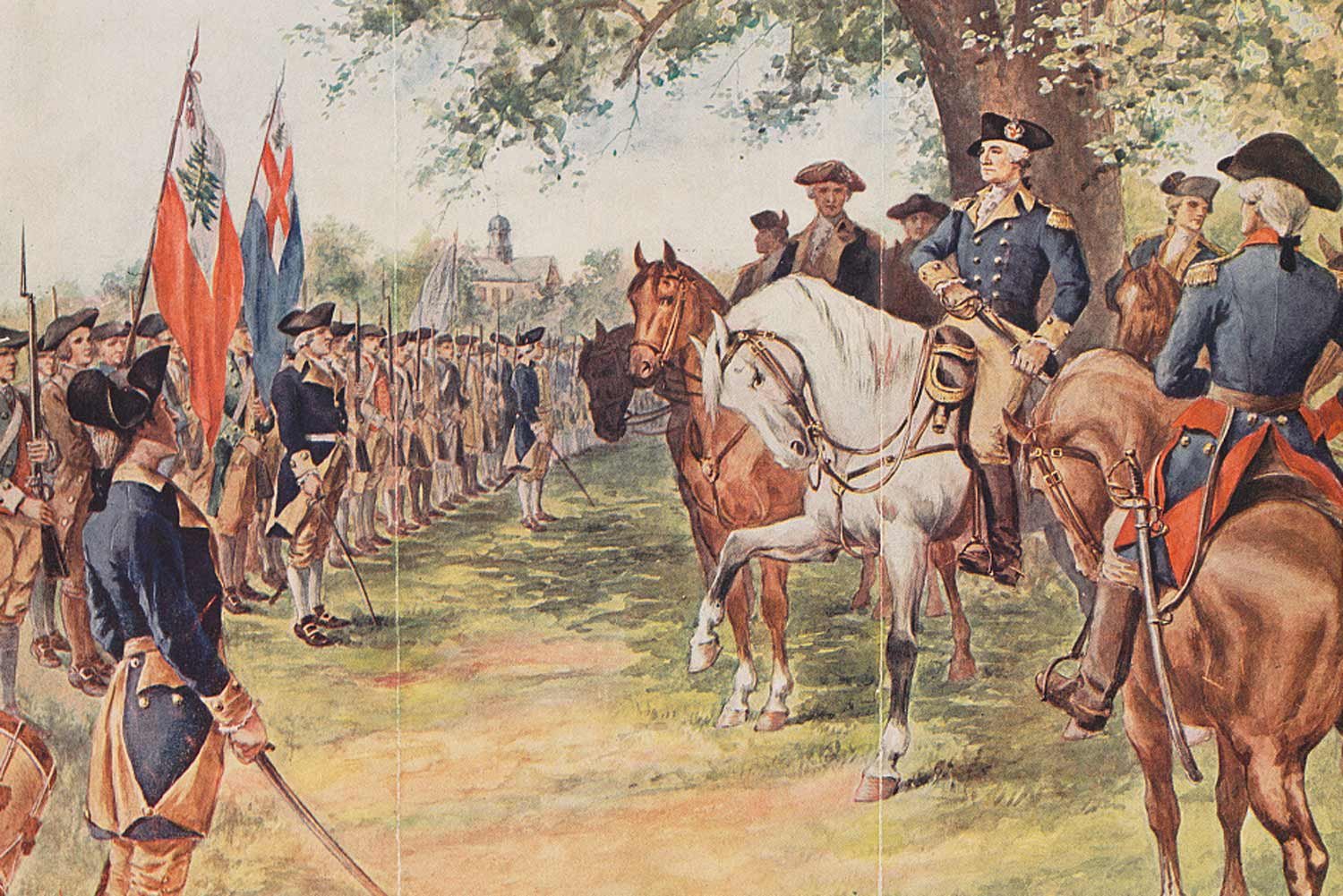
Daniel Morgan Joins Fight for Independence
Daniel Morgan was inspired by America’s desire for independence as early as 1774, when England imposed the Intolerable Acts on the colony of Massachusetts. Morgan felt a natural resentment to this imposition of British authority, tracing back to his unpleasant experiences serving the British army as a wagoner during the French and Indian War.
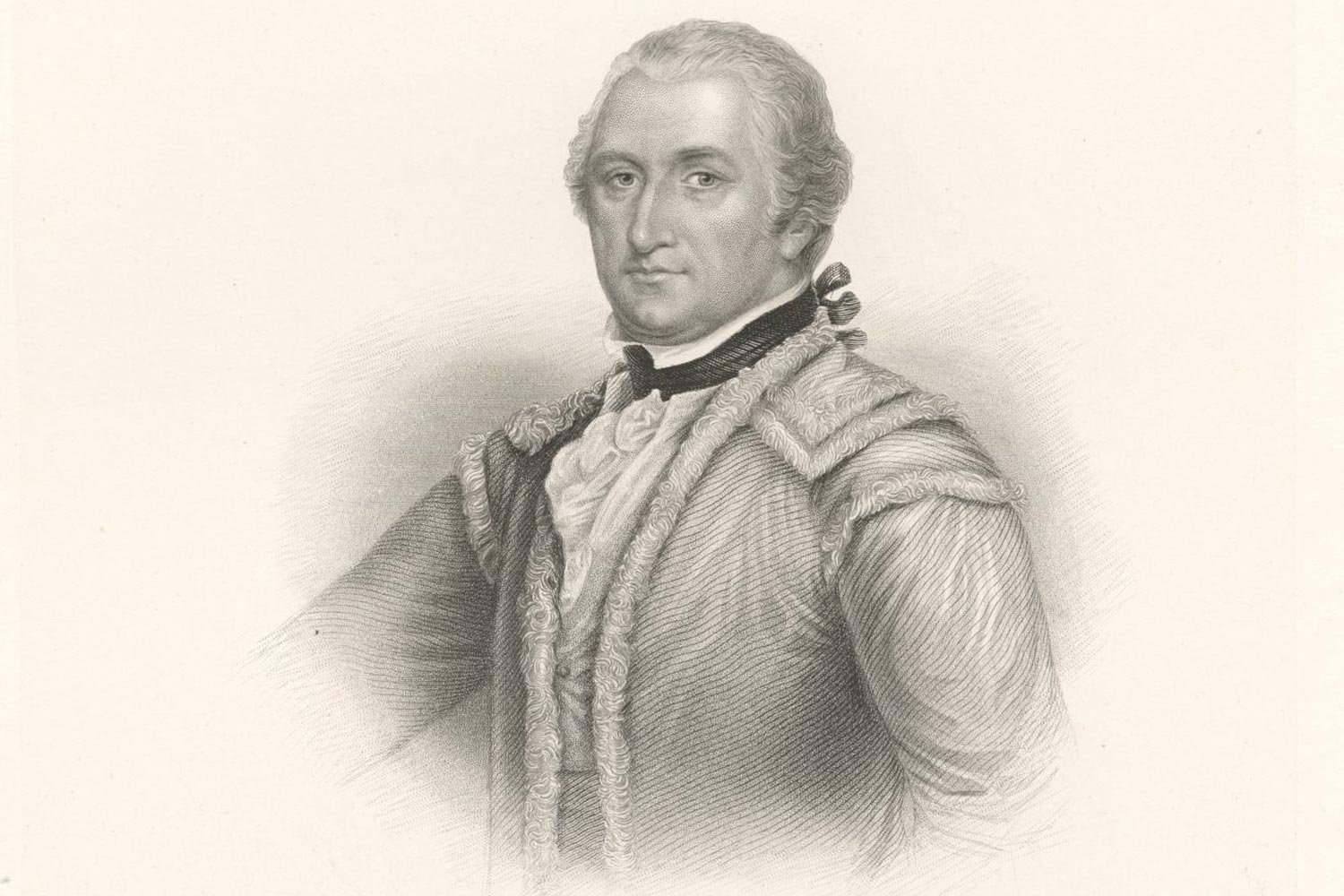
Daniel Morgan Comes of Age
Daniel Morgan, the victor of Cowpens, was one of America’s best battlefield tacticians during the American Revolution. He rose from a hard scrabble childhood to national prominence solely on his merit and ability, overcoming his lack of political connections and wealth. Morgan’s story is a truly inspirational tale.
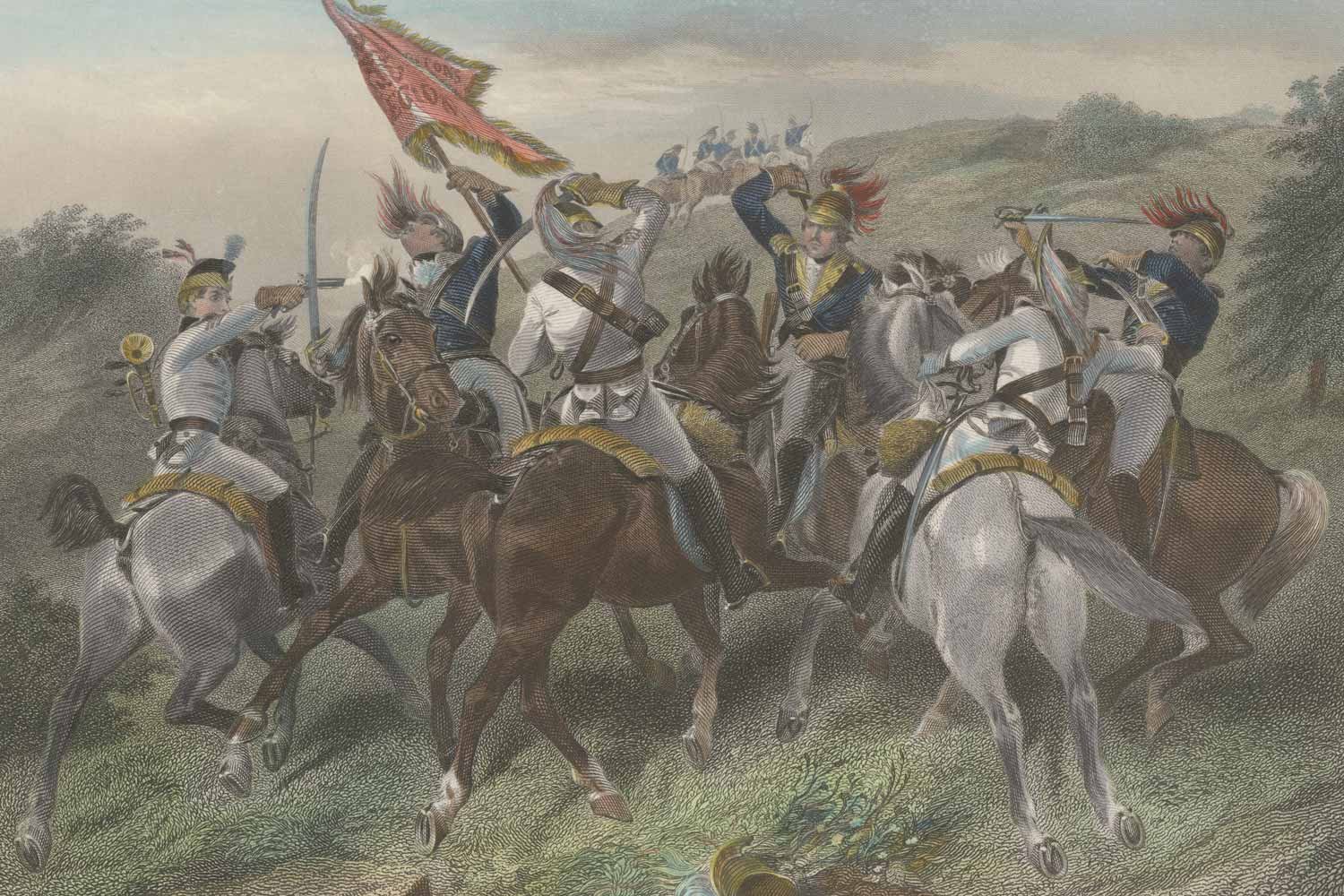
Nathanael Greene Takes Command of Southern Continental Army
Despite the disastrous defeat at King’s Mountain on October 7, 1780 and several victories by Patriot partisans, Lord Charles Cornwallis and the British army still controlled most of South Carolina and Georgia at end of 1780. The new year would see a reverse of fortunes for the American cause as two gifted commanders, Major General Nathanael Greene and Brigadier General Daniel Morgan, took the helm of the southern Continental Army.
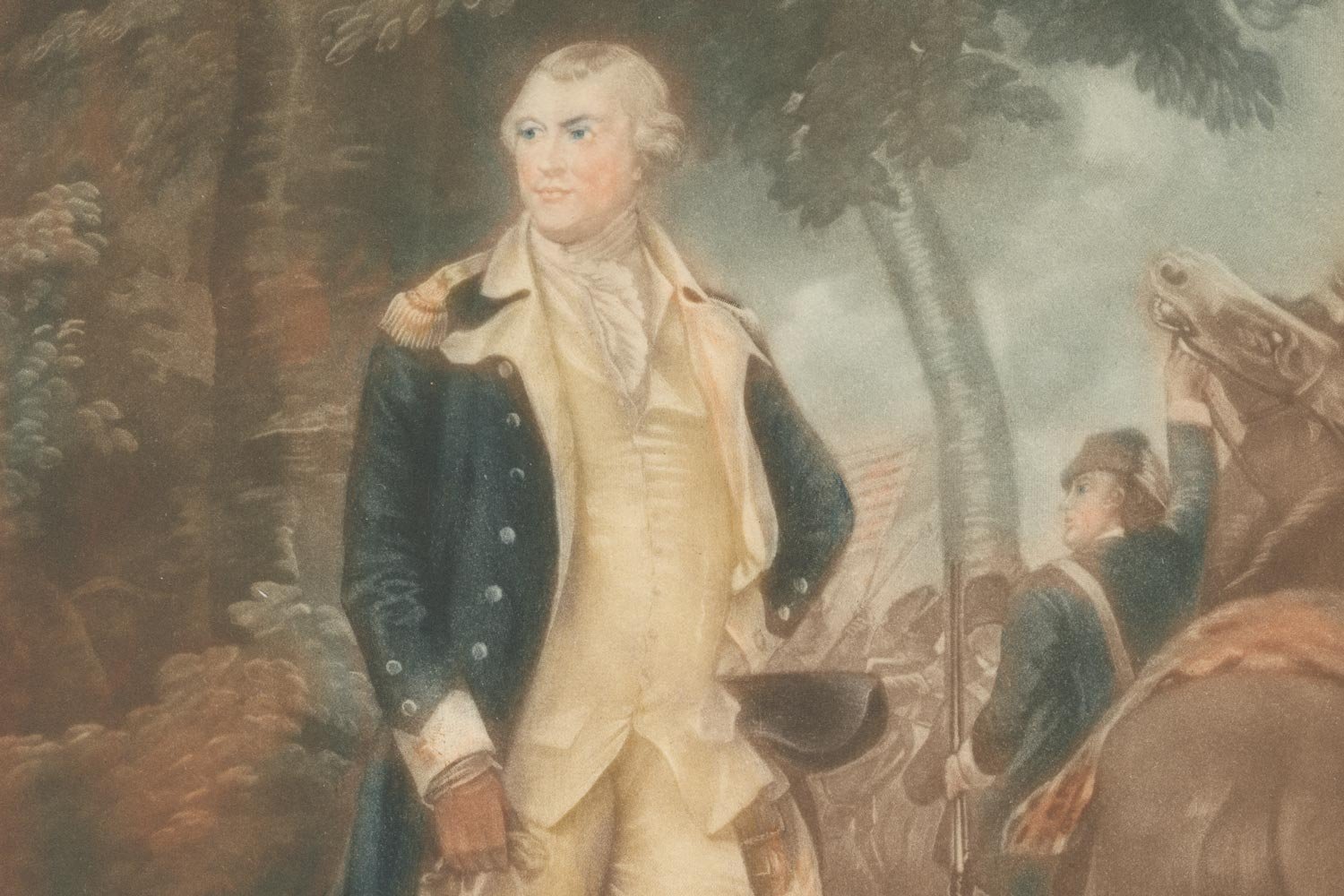
Nathanael Greene Joins the Cause
Nathanael Greene was one of the greatest American generals to emerge from the American Revolution. Without any formal military training or any experience, Greene developed into a leader feared and respected by his British counterparts.
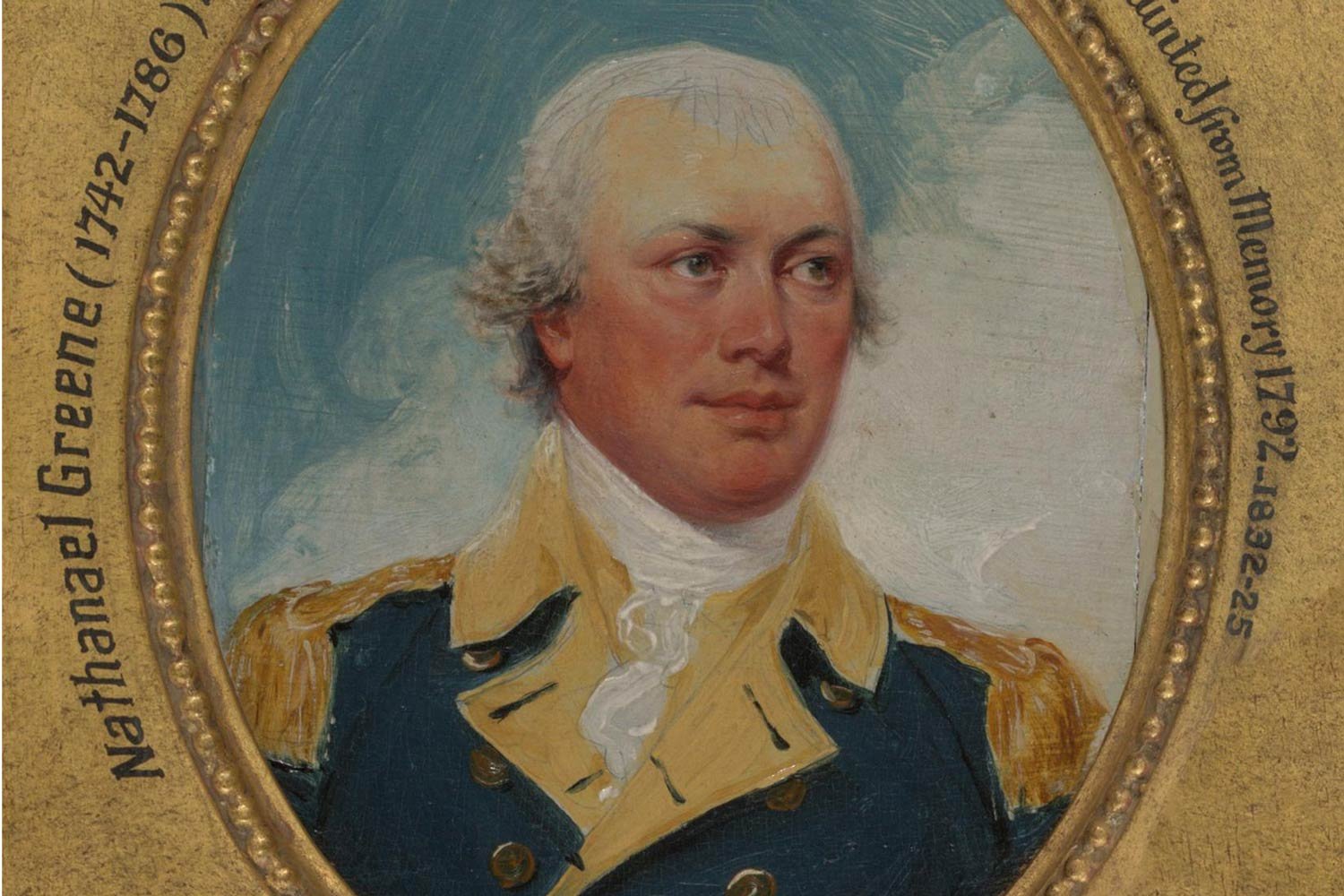
The Early Life of Nathanael Greene
This Continental Army General’s family arrived in America in the mid-1600s and soon became prominent and prosperous in their region. As a youth, he had little formal education but managed to find time to study great military leaders of the past. During our War for Independence, he lost most of the battles he fought but managed to hold his thread-bare regiments together.
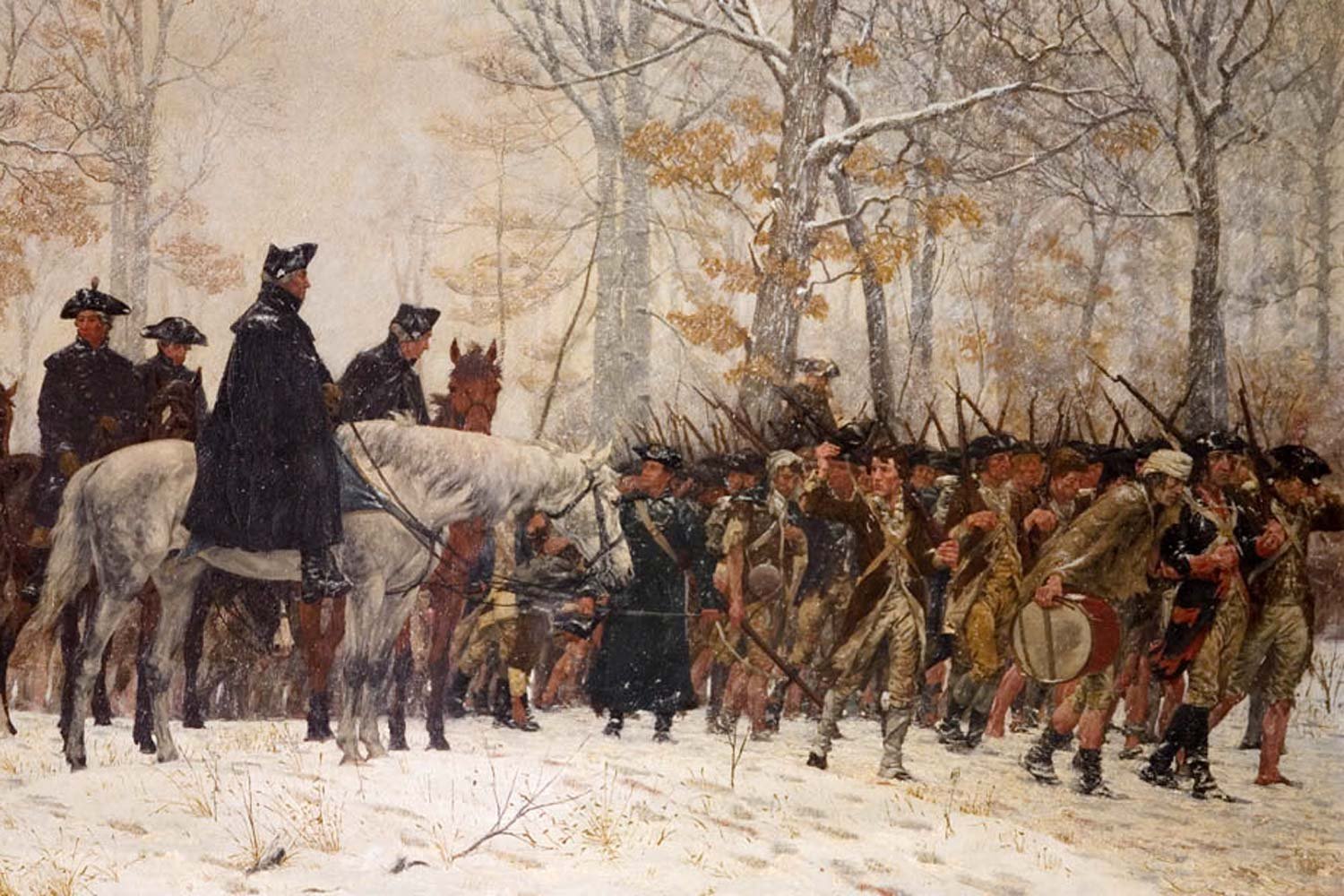
A Desperate Winter at Valley Forge
In December 1777, following the loss of Philadelphia, our nation’s capital, General George Washington moved his Continental Army to Valley Forge for the winter. It would prove to be a desperately hard winter for the soldiers, with conditions that might have broken the spirit of less determined men, but one from which the American army emerged a more professional fighting force.




